The Wye Valley
The Wye Valley was awarded the title 'An Area of Outstanding Natural Beauty' in December 1971. Note: Areas of Outstanding Natural Beauty (AONB), of which there are 46 in England, Wales and Northern Ireland, share equal status with the National Parks in terms of scenic beauty and landscape protection. We decided in the short time we had in Herefordshire we would take a drive through the valley, and see as much as we could, including Symonds Yat Rock, which, unfortunately, we failed to find.
We stopped firstly in Ross-on-Wye where I wanted to see the Market House, but to be honest it was just like any other town and we didn't stay long. From there we stopped by the River Wye just outside the town before moving on. With better planning I would have liked to have a closer look at the Wilton Bridge, which we drove over without realising it was there and of significant history (more below).
We moved on to Hay-on-Why, which Alan knew to be famous for its bookshops and found that they were holding a themed commemoration of the 75th anniversary of the end of WW2 although being late in the day we missed most of it. There were locals dressed as Winston Churchill and male and female artists singing wartime and Vera Lynn songs. Hay Castle restoration has been underway for 3 years, apart from Covid interruptions, but looks like it will be well worth a visit when allowed to get in; clearly this is a major and long-term project. I was amused by a sign on a gate into the grounds which spelled 'Honesty Bookshop'; I didnt go in so cannot comment on what books (if any) were actually for sale.
Historical Note:
The Wye Valley, now a very popular tourist destination for those wishing for a peaceful holiday in such a beautiful rolling countryside, was one of the earliest places in Britain to be industrialised. With raw materials such as coal, iron ore and wood plentifull, and rivers to both provide power and the means to ship raw materials in and finished products out it was an ideal place to set up the early industrial factories. Fast flowing tributaries running into the Wye turned the waterwheels which powered the furnaces and forges which were at the cutting edge of Britain’s industrial development long before the Industrial Revolution.
The earliest reference to Ross-on-Wye was in 1016 in a document presented to the Bishop of Hereford although there are earlier references to Ariconium which was a nearby Roman industrial area. The (-on-Wye) part of the name was given by the GPO in 1931, due to confusion with other places of the same or similar name such as Ross in Scotland.
Following the Norman conquest of England in 1066, the king rewarded his supporters with lands along the borders of Wales. These powerful Marcher Lords were permitted to seize land from the Welsh in the 12th century, and they built castles, firstly simple earthworks with timber palisades followed later by stone, to secure the conquered lands. The castle at Hay was originally built by William de Breos II, one of the most infamously treacherous of the Norman Marcher Lords, around 1200. William and his wife, Maud, had the misfortune to fall foul of King John who took vengeance by imprisoning Maud and her eldest son who were walled up alive and starved to death. William fled to France where he died in poverty in Normandy in 1213. His body was taken to Paris and buried in the Abbey at St. Victor. Very little of the original castle has survived, other than the main gateway and part of the keep.
In 1231 the castle was burnt down by Prince Llewelyn ap Ioweth and then rebuilt by Henry III circa 1233 before being restored to the de Breos family. The centuries that followed saw the castle subjected to attack by lords from both sides of the border, changing hands many times over the next 800 years. As recently as 1971 the castle became the property of Mr Richard Booth, bookseller and, not for the first time, suffered from fire in 1977. It is only recently in 2018 that work started seriously to rebuild the castle.
The habitable part of the castle is now part of the second-hand book trade brought to Hay by Richard Booth, for which the town is now known all over the world.
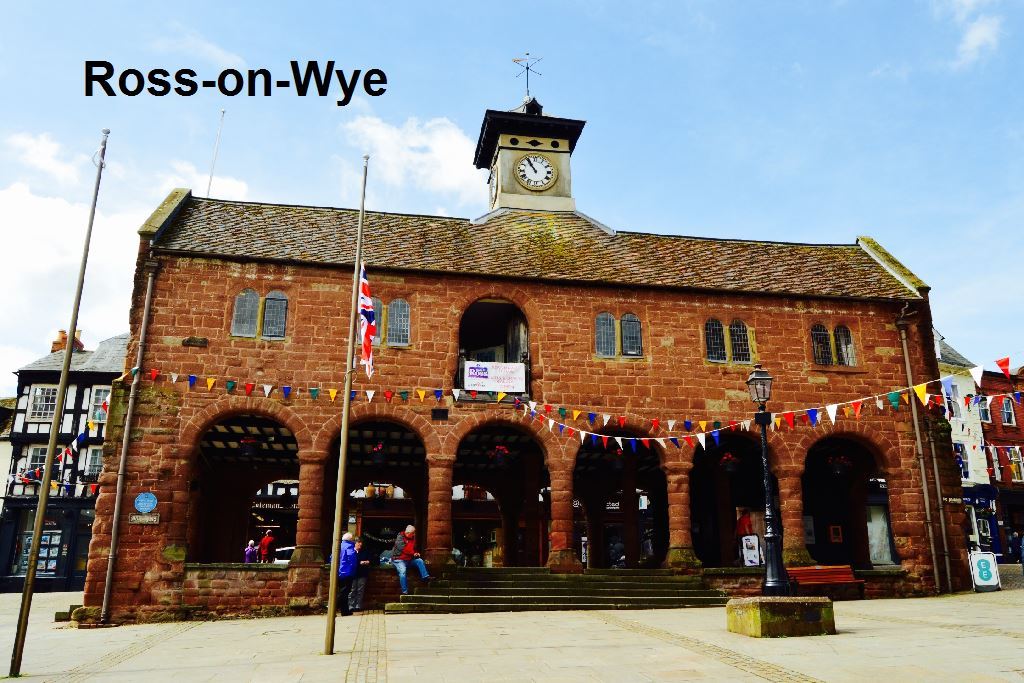
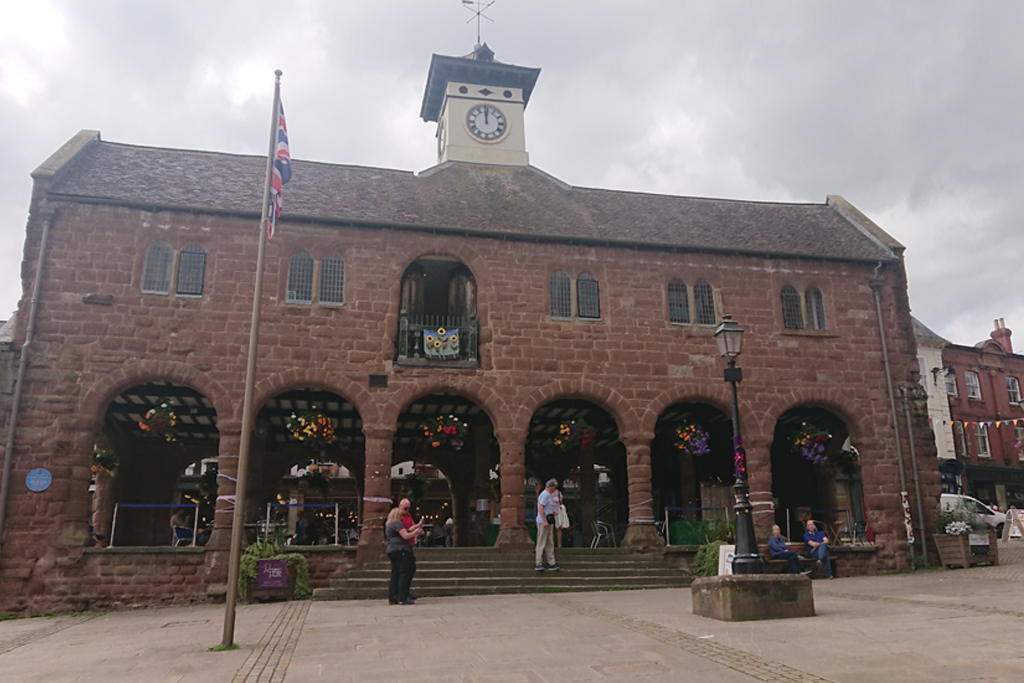 The Market House, Ross on Wye
The Market House, Ross on Wye
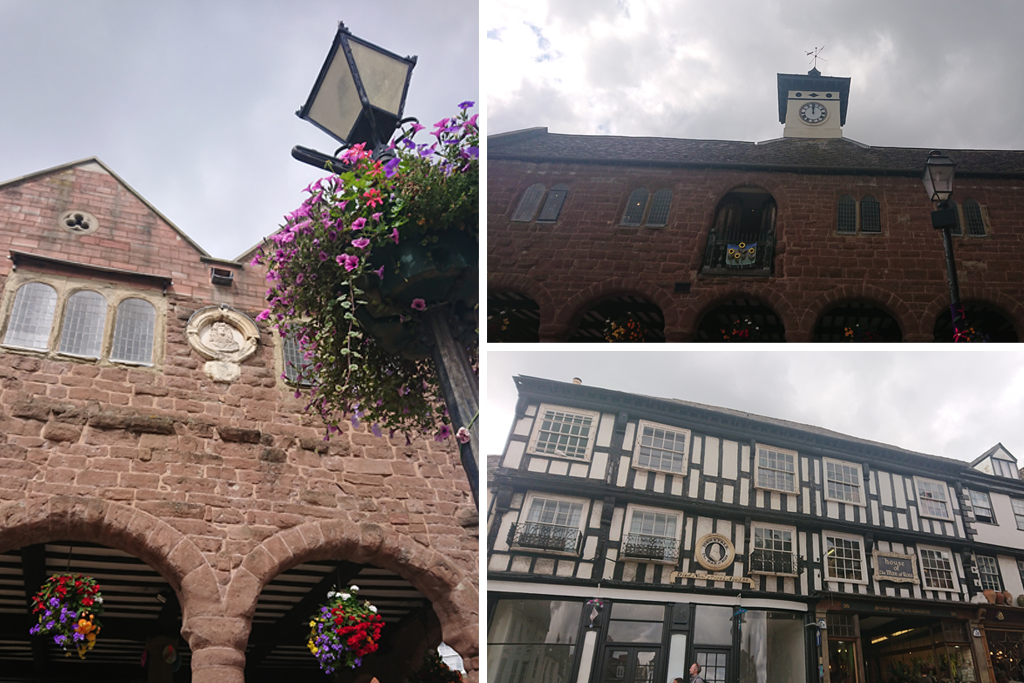 Bottom right is the historical Man of Ross House which is just behind the Market House
Bottom right is the historical Man of Ross House which is just behind the Market House River Wye north of the 16th century Wilton Bridge (inset)
River Wye north of the 16th century Wilton Bridge (inset)
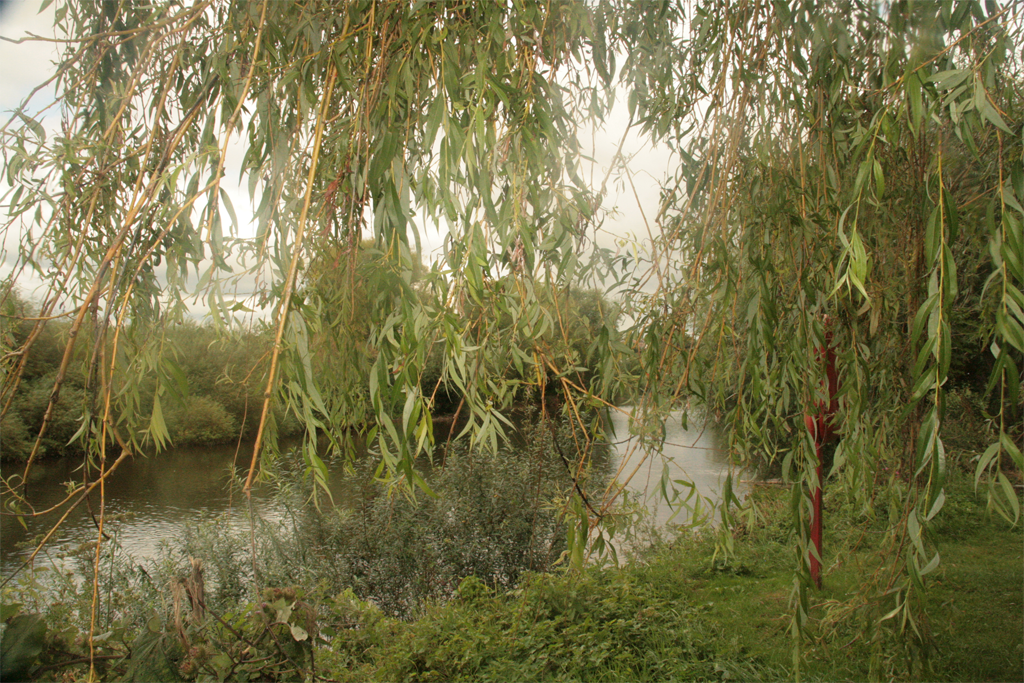
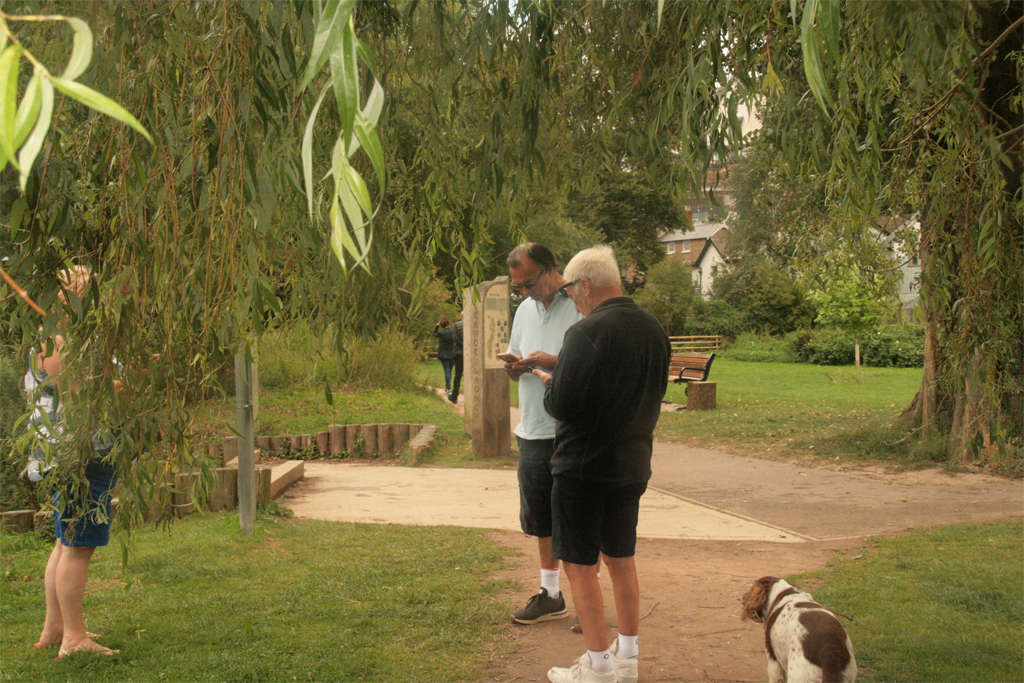
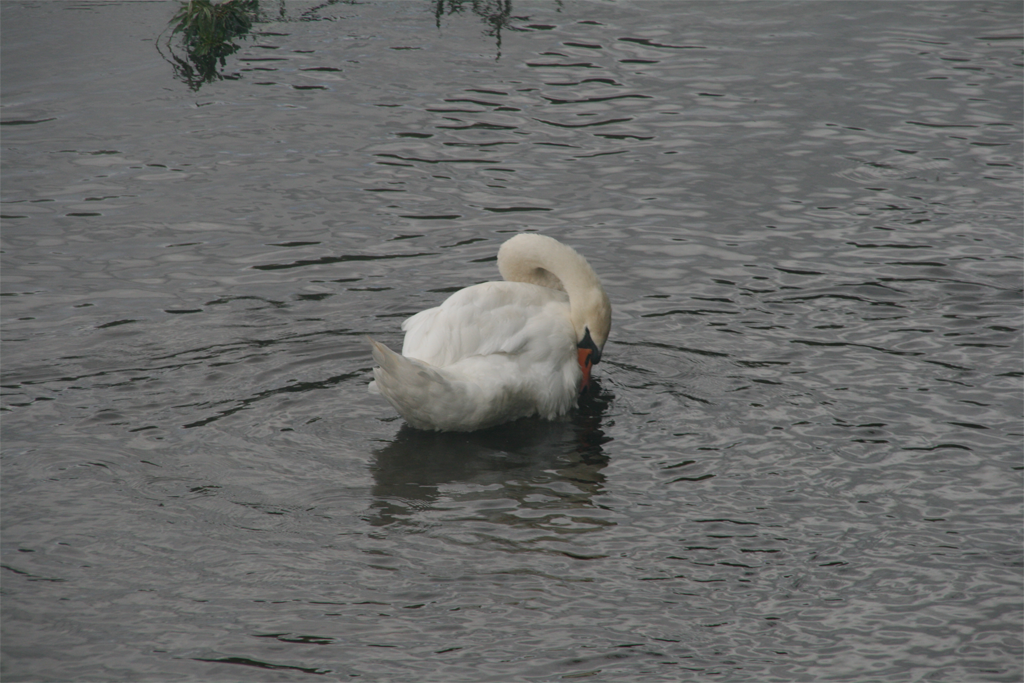

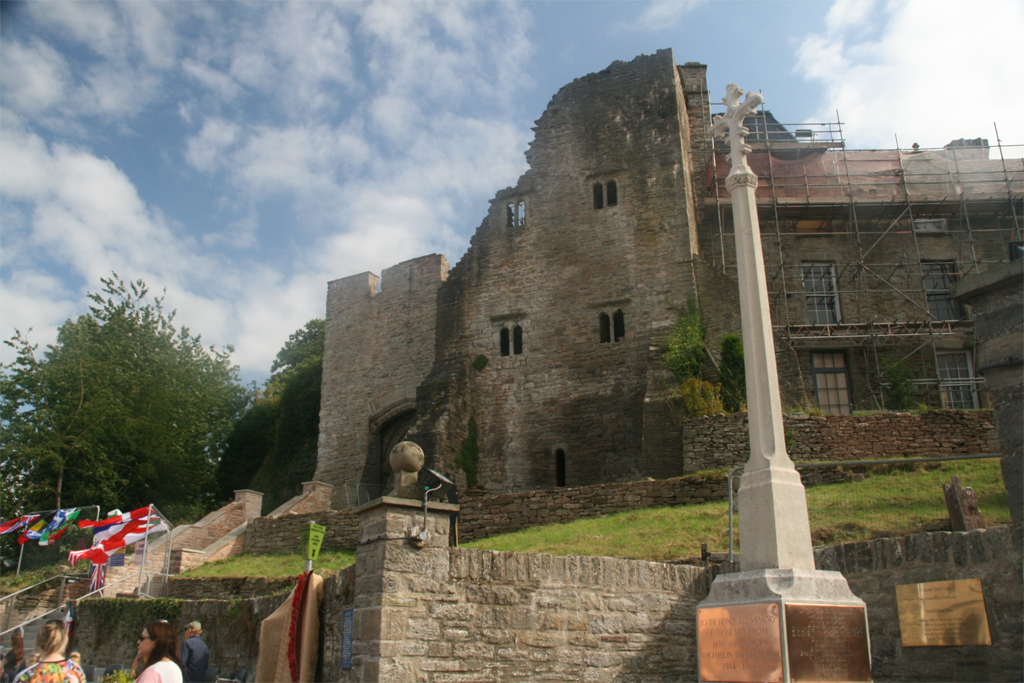 Hay Castle (under renovation)
Hay Castle (under renovation) Locals celebrating the end of WW2 dressed in period clothes
Locals celebrating the end of WW2 dressed in period clothes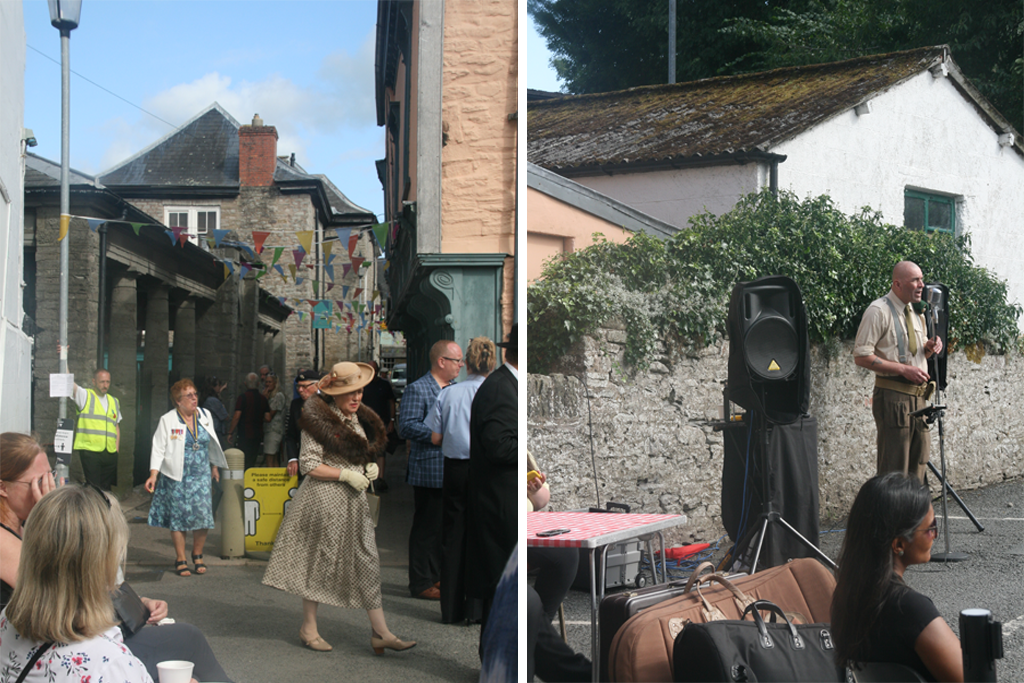
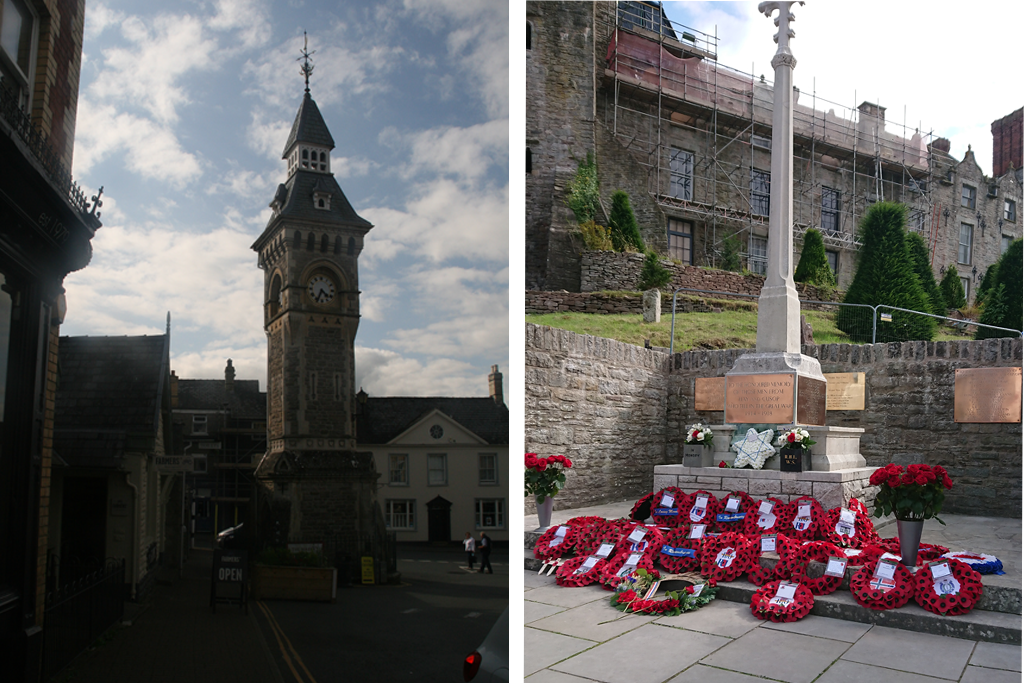 Hay on Wye celebrations of the end of World War II (75 years ago)
Hay on Wye celebrations of the end of World War II (75 years ago)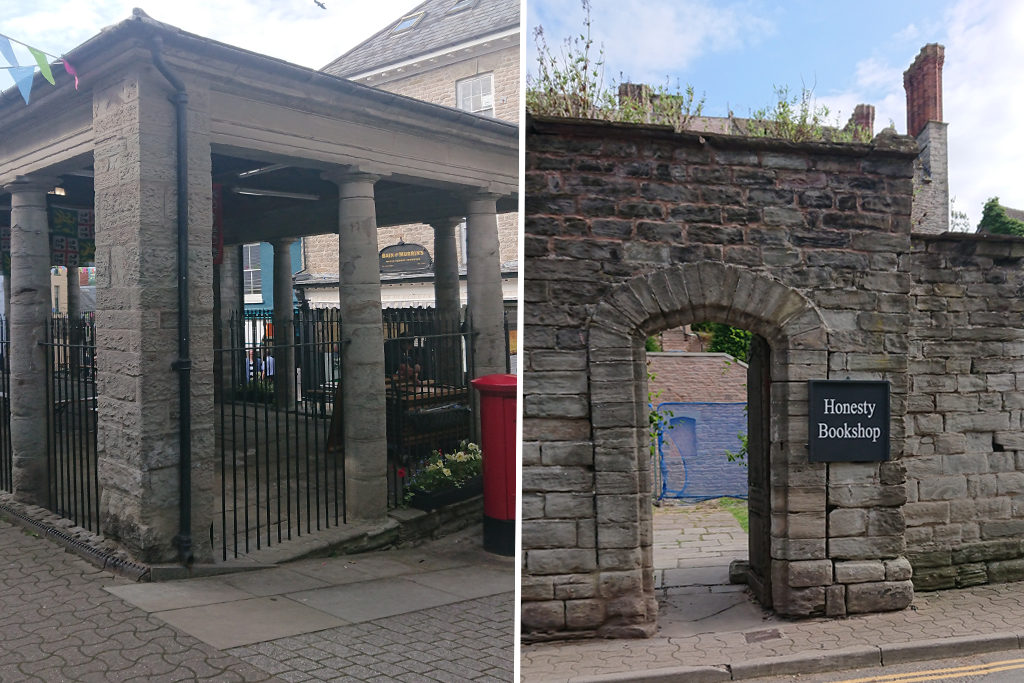 Hay on Wye is famous for its book shops
Hay on Wye is famous for its book shops Last Slide in Sequence
Last Slide in Sequence